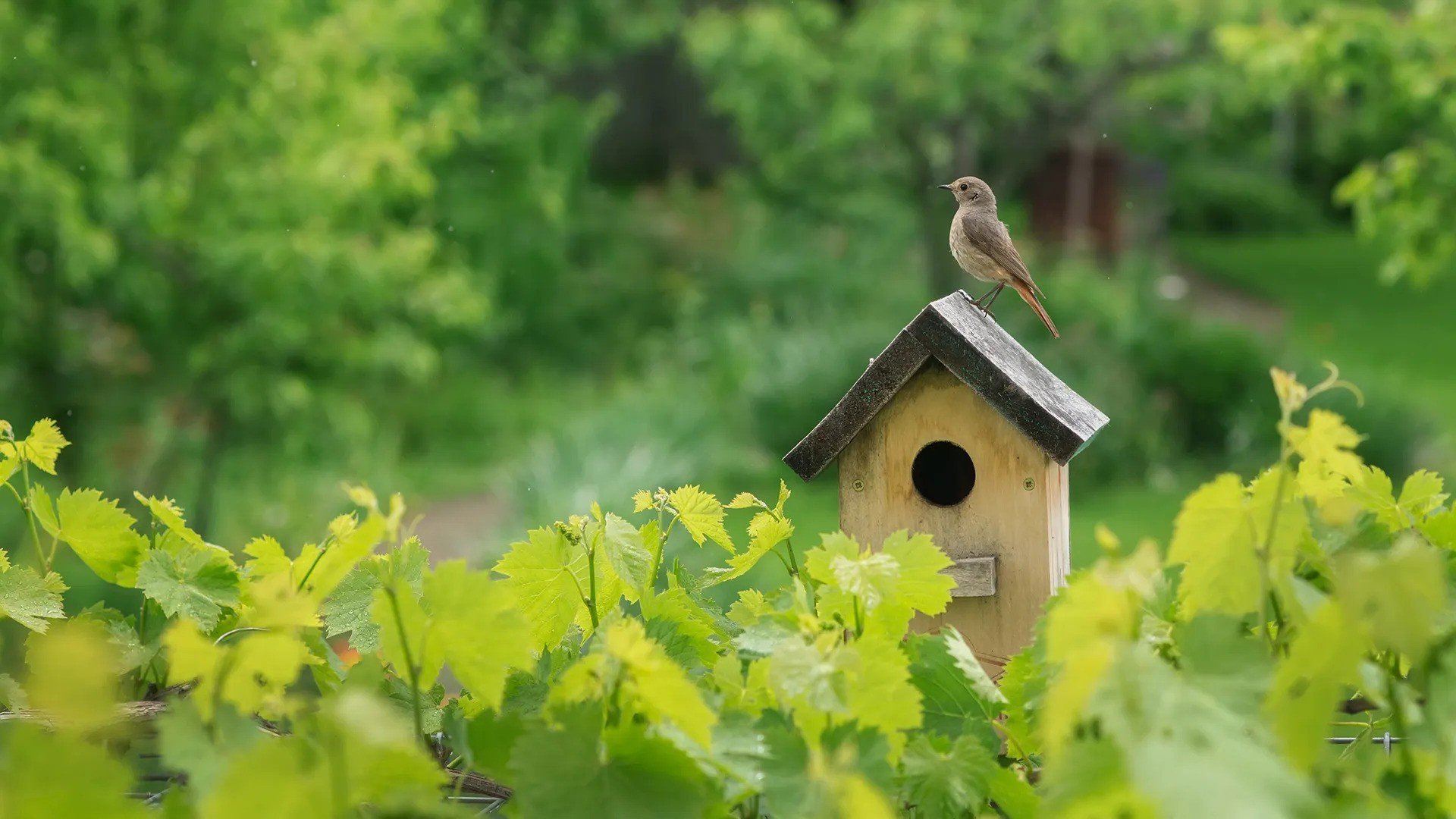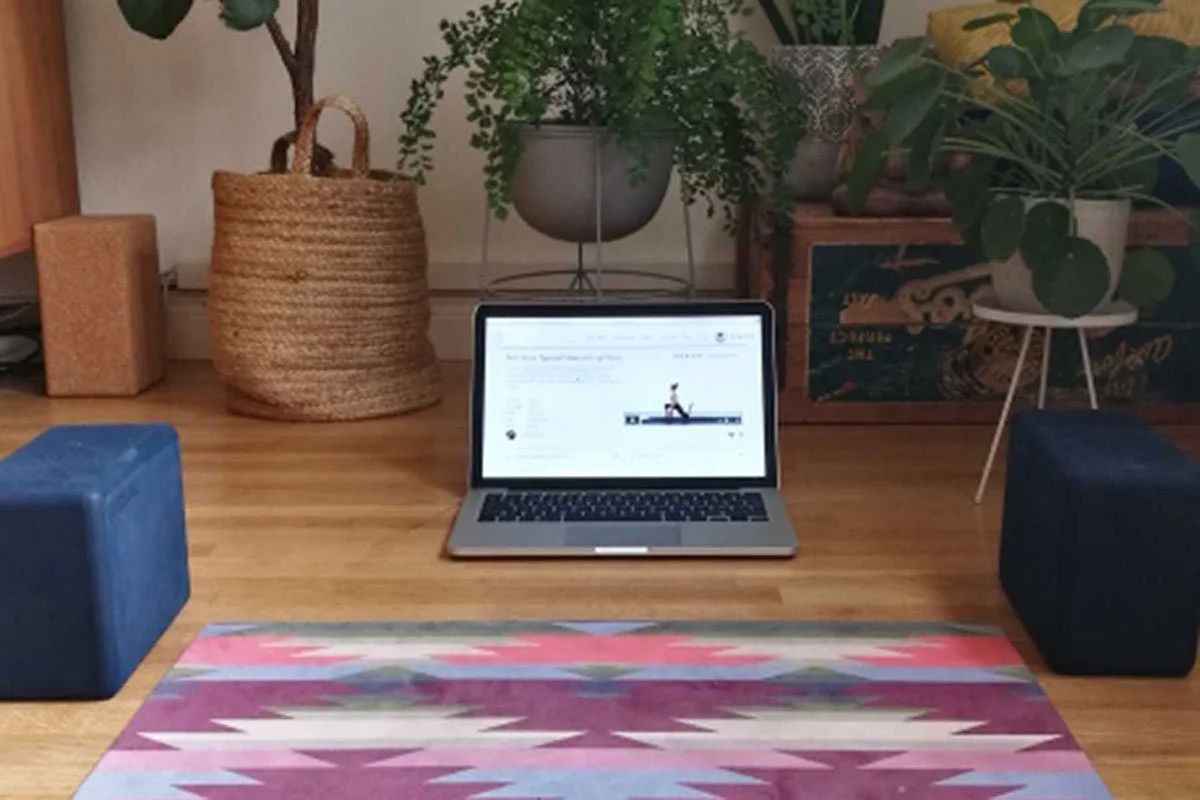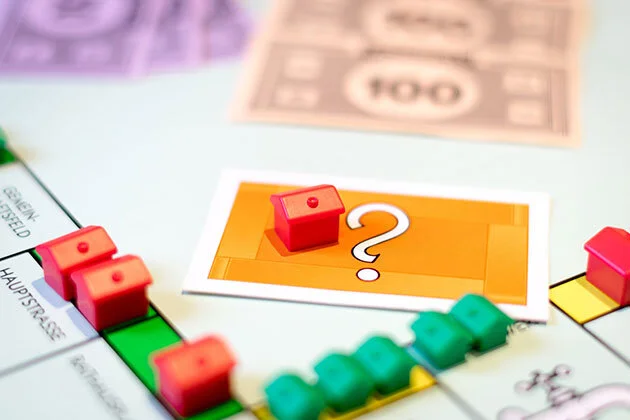What I've Learned About Where We Are
/It was a year ago that I wrote a blog post, entitled "Keeping the Dream Alive," and launched a fundraising campaign to see if it might still be possible to open a small community yoga center in my neighborhood. Much to my amazement and joy, a few hundred people decided to pitch in and give me just enough money to go for it right when all the odds seemed stacked against the viability of a brick and mortar business. My idea was that if I could raise enough money to get through the first year then, at least, I would have a clear sense of whether or not an independent old-school studio model can still work in a post-pandemic world. Now that that year has come to pass, I must admit that the future of the center, and the yoga profession in general, is more unclear than ever.
There has been a noticeable shift back towards in-person attendance. While many are still benefitting from online offerings, the zoom fatigue is real and there is a palpable impulse to find reasons to be in the same room with other people. However, the events of the last few years have left an indelible mark on the habits of the yoga-going public and this is being reflected in new conventions that meet changing expectations but also potentially serve to undermine the deeper relevance of yoga in our modern world.
Online existence has made analogue life more asynchronous.
In many regards, opening the center has been everything I hoped it would be. There is a small, wonderful group of people who have made coming to class a regular part of their lives and real friendships have been formed. Owning a local business in the neighborhood does give me a different social status. People appreciate someone doing something that adds character and culture to their local town and you can feel that when they say with a smile: “Oh, I have walked by your place. I have been meaning to stop in for a class.” Yet, if for every time I have heard someone say they are planning to come they actually did then the center would stand a much better chance of surviving than it currently does.
Even among those people who have been coming regularly, attendance is often sporadic. The character of people’s weekly schedules is now anchored to the internet in new ways and we have been conditioned to engage with life in a more “on-demand” manner. Going to the same yoga class at the same time every week is less common. This is why many yoga centers have stopped offering a drop-in rate for a single class or, if they are, the price point is remarkably high so as to incentivise a recurring membership. As participation in yoga has become more of a subscription service, people instinctively think differently about what they are paying for.
Cravings for connection are being thwarted by the atrophy of intimacy.
The centers and classes that are well attended right now are the ones that offer a peak experience. This tracks with what is sometimes being referred to as a transition from the “attention economy” to the “experience economy.” In order to motivate someone to get off of a screen and venture outside to participate with an in-person event at a specific time, it needs to be undeniably providing something that they can’t get at home online. You need to offer hot rooms, aerial trapeze, booming sound systems, singing bowls, and lots more options for things other than yoga like Barre and Pilates and HIT. It’s all part of the boutique fitness and wellness model that is currently bringing in the most revenue.
Offering yoga practice that is more specifically geared towards an unexplainable experience of presence, and lasting peace, will never provide the immediate gratification that most people have come to expect. Certainly, when compared to the large majority of hot or power-style classes, simple practices that associate with contemplative traditions seem elusive. Specifically, they require someone to place value on cultivating a discipline in which more lasting results are often delayed.
Given the turmoil of the daily news, it’s understandable that we have become more guarded and adverse to anything that might reveal our vulnerabilities. People are in need of immediate relief and a slow process of having to face inner demons, or the pain that is often lurking just underneath the surface, easily feels like too much to handle. It’s a cruel paradox that we would at once feel both a deep need for intimate connection and also be so traumatized as to be unconsciously avoiding it. In-person activities that allow for an “arms-length” form of participation are more palatable than committing to the uncomfortability of a genuine interpersonal exchange, much less any inquiry into the mysteries of our shared existence.
The traditional role of a yoga teacher seems close to extinction.
There is an old adage in yoga that says: “When the student is ready, the teacher appears.” The idea behind it refers to a teacher/student relationship in which a mutual inquiry becomes a vehicle for finding meaning, purpose, and direction in life. Even as the profession of yoga has become more about business and entrepreneurship, there still remained a remnant of this notion that one had to have a teacher. The reason being that you were learning something that, regardless of how much it may have evolved or been adapted, was still rooted in ancient wisdom traditions.
These days, few people attending yoga classes are looking for a teacher. The more we have come to consider yoga as a form of exercise, the less people think of themselves as students or are interested in any sort of learning. Even when someone decides to do a teacher training, the price point and time commitment are often the determining factor. Whereas teachers may have once been in a position to shape the marketplace, now, they must conform to the demands of the industry to survive. In order to effectively market yoga in the current environment, you need to be providing a service that is going to solve a problem or a peak experience you can’t get anywhere else, which inherently means sacrificing the intuitive pedagogy that is fundamental to developing a transformational personal practice.
The yoga profession is facing an existential crisis.
I opened the center wanting to get back to first principles and test out for myself whether there is still an organic grassroots market for what I consider to be authentic yoga, rooted in classical principles and philosophy but applied to a modern sensibility. As much as I wish it were different, thus far, the experiment has been discouraging. Truth is, my many years of experience, and expertise in my field, doesn't necessarily make me any more valuable in the eyes of the general public. I’ve become a relic.
The hardest thing to reconcile right now is that the center is actually about where I thought it might be after one year, but I am not feeling as hopeful as I’d like that it will get to where it needs to be in order to sustain. And I don’t think that better marketing is the answer. I can only package what I am doing to meet the expectations of the market to the degree that it still retains the essence of why it’s important. Otherwise, there is no longer a reason to do it. Most of us got into yoga back in the day because we didn’t want our lives to be ruled by money, we wanted to dedicate ourselves to something bigger.
How much longer I can hold out still remains to be seen.
More than at any other time in the 30+ years that I have been making a living as an independent yoga teacher, I am feeling less than confident about my ability to provide for my family. Of course, things could change and something unexpected might occur. I don’t actually need that many more people to come. But I do still need more people to come than currently are, or more people to sign up for my stuff online, or the price of groceries and healthcare to go down, or some further resource or support to shift the current trajectory. Otherwise, I foresee some hard and painful choices needing to be made. And I suspect that I am not the only one, and yoga is not the only profession, that is facing a similarly stark picture.
Despite the grim outlook, I certainly haven’t given up yet. I still cherish the moments of connection and healing that happen every day in the context of my teaching. I am beyond grateful that my classes in person, and online, are still filled with all the purpose and meaning that inspired me to practice and teach to begin with. There are so few activities available today that invite an actual embodiment of our best intentions and humanity. It’s hard to imagine anything else that could be more relevant, or worth fighting for.
If anyone reading this wants to make a gesture of support, you can do so here.












